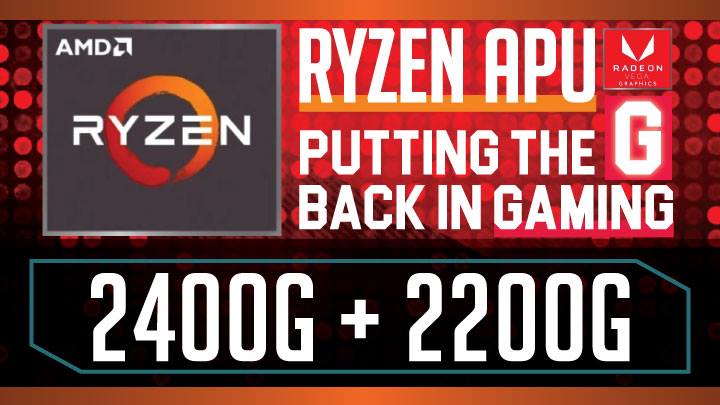With no room for overclocking the core (you can get a smidgen more… but it will be too variable for us to comment on) the only thing you can overclock is the included RAM. Here we were easily able to dial the RAM frequencies up to the same as what we did with the Zotac Gaming GTX 1660. That is to say we turned an 8.0GHz, 128GB/s memory bandwidth card into an 8.6Ghz 137.6GB/s one. This is still noticeably less than what you can get with a stock GTX 1660… but with such a small memory bus this manual upgrade does pay real-world dividends.
Now with that said would we have liked to have seen a 6-pin power connector to get some overclocking abilities on the TU117 core? Yes and no. This class of cards is all about low asking price with decent performance. Including such a power feature would not magically let overclocking enthusiasts override NVIDIA diktat’s on maximum power you can push to the core. All it would do is increase clock frequencies a minor to moderate amount… while costing you noticeably more upfront. Put simply… do not buy any GTX 1650 card if you want a card to overclock. Instead, buy one for its value. If the value is good, it is good. If it is not, then step up a price notch and start looking hard at the GTX 1660 class. Just expect to spend noticeably more money.













